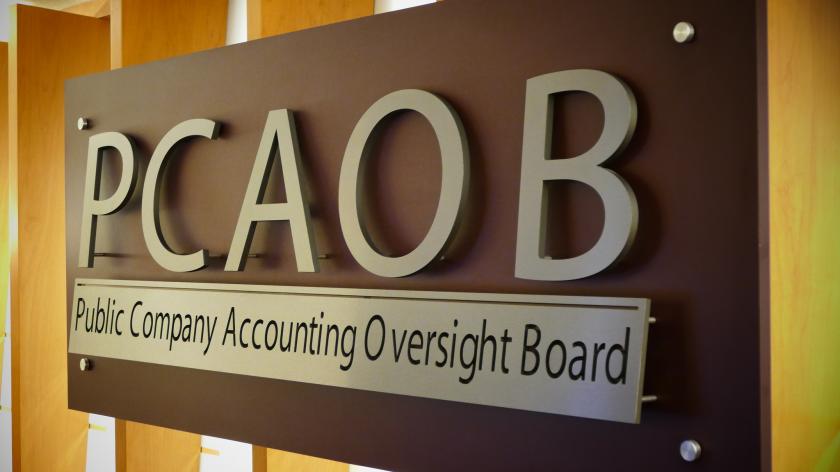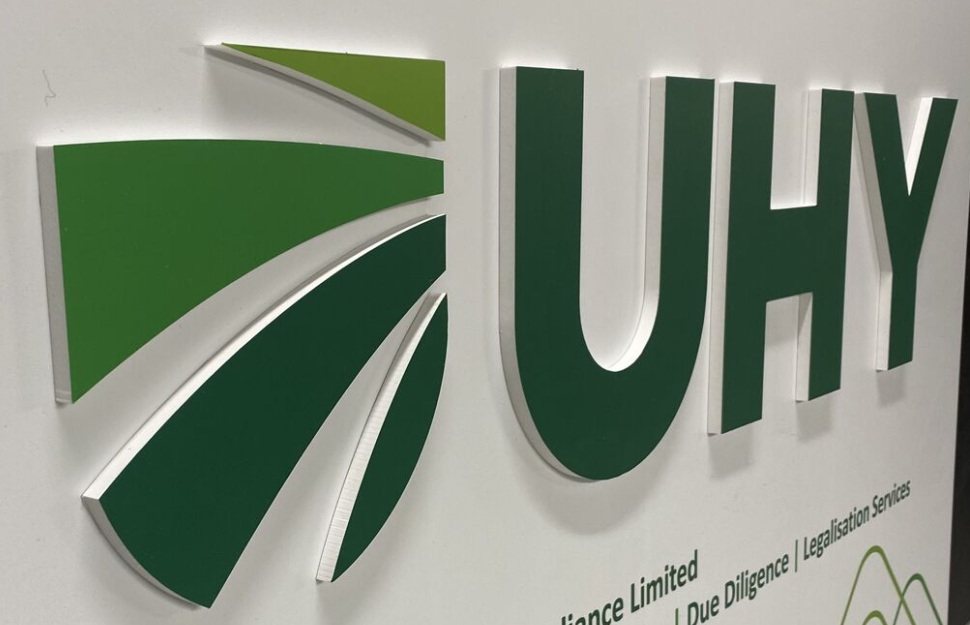Peer through the window of Project Cure’s headquarters in East Manatee, Florida, and you’ll see a mattress and box spring leaning against a wall, an old chandelier on the ground and some Christmas tree bulbs high on a shelf. No office furniture was visible.
No posted hours, no phone number on the door at 4920 Lena Road, Suite 109.
“From what I’ve seen walking from here to my car, maybe someone goes in and out of there every once in a while,” said Josh Mullins, who works in a neighboring unit for a telecommunications firm.
Not a single soul could be seen inside Project Cure’s headquarters Tuesday morning.
This is the home for one of America’s most questionable charities. It is operated by Michael S. Evers.
It was named a bad charity because the money raised has lined the pockets of telemarketers to the tune of $20.4 million over 10 years, and it pays a $200,000 annual salary to Evers, the president.
None of the money raised by the charity goes to funding laboratory research for cures to Alzheimer’s, diabetes or prostate cancer — promoted as Project Cure’s three main causes.
The Bradenton charity’s dealings earned it the dubious distinction of being the 15th Worst Charity in America, according to a just-published study by the Tampa Bay Times and Center for Investigative Reporting.
The series, “America’s Worst Charities,” details nonprofits that skimp on charity and provide profits to telemarketers. The findings will be discussed on CNN’s “AC360” with host Anderson Cooper Thursday night.
The database report ranked charities based on cash paid to solicitors in the past 10 years, putting Bradenton-based Project Cure at No. 15 among the nation’s worst.
The notoriety does not surprise Stephen Barrett, a retired psychiatrist who has tracked the charity since the 1980s, and runs the popular Quackwatch.org to document questionable medical advice.
“When it started, it was worse than useless,” Barrett told the Bradenton Herald. “It was formed as a mechanism to spread misleading claims about various types of cancer treatments.”
Project Cure does not do its own research into alternative cures or therapies for its causes, which include diabetes, lung cancer and Alzheimer’s disease, nor does it have a laboratory. What the charity actually does is lobby Congress and provide “education” by sending letters to donors and posting links to news articles on its website, naturalhealthvillage.com.
The organization should not be confused with Project C.U.R.E., the same name of two unrelated nonprofit organizations in Ohio and Colorado.
The Times and CIR pored through thousands of federal and state records to identify charities that spend the most cash on for-profit fundraising companies and made the 990 forms available to news organizations around the country. Nonprofits are required to report earnings and expenses to the IRS and their 990 tax forms are open to public inspection.
No cure for a paper trail
The amount of cash going to the charity has decreased significantly each year since 2005 as solicitors were paid more, according to IRS 990 forms.
The charity received $6.2 million in 2005, which gradually decreased to $560,875 in 2011, according to IRS records, while solicitor pay went from $495,841 in 2005 to $5.1 million in 2011. The company charged with fundraising has been Virginia-based Direct Response Consulting Services, according to Project Cure’s 2011 IRS filing.
Of the $560,875 that went to the charity, about $200,000 went to pay Evers, according to IRS documents.
“It’s simply a money machine for Michael Evers,” said Barrett, who has a wealth of files on Project Cure, dating back to direct mail pieces in the mid-1980s.
In addition to Evers’ salary, Project Cure loaned Evers $75,452 in 2008, and reported in 2011 that Evers owed $169,634 on that loan.
It appears the “money machine” is now in serious debt.
The company owes its Direct Response Consulting Services $3.1 million in its 2011 tax filing. It’s unclear if Evers can afford to collect a salary for himself now. Project Cure reported Evers deferred his $194,750 salary in 2010.
Project Cure didn’t have a good track record for following IRS standards or for tracking donors. The IRS 990 form asked organizations that used direct mail campaigns in 1985 to detail the total number of mailings.
Project Cure’s response to the IRS in 1985: “Due to the significant volume of mailings, this information is not available,”
Project Cure still paid out a significant chunk of revenues to solicitors in 1985, but chiefly for direct mail, rather than phone calls, at a cost of $208,517. The charity spent another $179,791 to print brochures.
The charity ended the year with a $17,734 cash balance and reported zero liabilities. Fast forward to 2002, and the charity was already in financial trouble, with a negative net worth of $1.1 million. The net worth continued to dive over the next decade to negative $2.6 million in 2011.
The discrepancy between what the telemarketers receive and what the charity keeps is so bad that 90 percent of all funds raised by the solicitor were paid back to the solicitor in 2011, which is a 10 percent increase from 2010. No more than 35 percent of funds raised should go toward paying solicitors, according to philanthropic advisory groups, including the New York Philanthropic Advisory Service — a Better Business Bureau division.
Since 2002, the charity has spent a total of $20.4 million for telemarketers, while $31.1 million went to the charity, according to the IRS filing. That money went for lobbying efforts, to pay debt and produce fundraising brochures, and pay salaries and rent. No money went to direct cash aid, according to the report.
“You would think the Internal Revenue Service would be interested in this. I would hope so,” Barrett said.
‘Chelation charity’
Project Cure was founded in 1979 by Raytheon Co. marketing executive Robert DeBragga, who died of lung cancer at age 50 in 1990. DeBragga advocated controversial alternative cancer treatments in lieu of chemotherapy, and started his charity as an education/lobbying operation to spread his beliefs.
Evers, an attorney, is the adopted son of H. Ray Evers, a doctor known for his widespread use and evangelism of “chelation therapy,” according to Berrett’s research.
H. Ray Evers was barred from using the therapy, which featured unorthodox methods of treating diseases, in Louisiana and had his medical license revoked in Alabama in 1986. The younger Evers took over the charity following DeBragga’s death.
The money spent on for-profit fundraising efforts prevents the charities from getting access to the donor list and call lists used by the telemarketers, said Kris Hundley, staff writer for Tampa Bay Times, who worked on the investigation with CIR reporter Kendall Taggart.
“They’re never using this as a way for building a donor list,” she said.
Project Cure is not a 501(c)3 organization, according to its IRS filings. The “charity” files as a 501(c)4, which is a nonprofit that can file tax-exempt status to solicit donations, but the donations are not tax deductible. These types of nonprofits are at the center of controversy in the IRS scandal that prompted questions about organizations abusing the filing status, because they are primarily political organizations instead of nonprofits for “social welfare.”
“When we called them they were emphatic they are not a charity,” Hundley said. “The reason they are included is because they report to charity regulators. We feel it was highly unlikely anyone who receives a call or mailer from them would know the difference.”
Calls to Project Cure by the Herald this week were not returned.
Project Cure is involved in politics, as evidenced by its lobbying. Its description on its IRS tax filings notes it advocates for alternative health care through lobbying efforts. Project Cure’s social welfare efforts come through sending out its newsletters. The charity does not sponsor research, either, according to filings and information available online about Project Cure.
The charity’s lobbying roots clearly fit with its headquarters address in the 1980s, located on K Street in Washington, a longtime home for the top lobbyists. Through the years, the company bounced around to a P.O. Box in Dothan, Ala., then an office park in Georgia. Before the charity settled on the Creekwood Commons East industrial park in East Manatee, it was in a less glamorous storage space in 2007 at the Railside Industrial Park, 6005 17th St. E in Bradenton.
The current headquarters also earned a $23,878 tax deduction for the charity, according to its 2011 tax return.
Plenty of umbrellas
The charity also does business as the Alzheimer Disease Fund, National Diabetes Fund and Prostate Cancer Fund, documents show. Under one of its other names — Center for Alternative Research — the company was part of a $2.1 million settlement with other charities for participating in a misleading sweepstakes in 12 states, according to The Associated Press. The New York Times also documented Project Cure’s involvement in those sweepstakes in 1988.
Evers spoke at a 1984 Cancer Control Society Convention, where alternative therapies were the focus, and called for an investigation into the National Cancer Institute.
“They have received billions and billions of dollars, they have gone about the country attacking and maligning promising therapies,” Evers said, according to a transcript of the speech. “And what have they got to show for their efforts?”
——————–
Copyright 2013 – The Bradenton Herald
Thanks for reading CPA Practice Advisor!
Subscribe Already registered? Log In
Need more information? Read the FAQs
Tags: Accounting, Advisory, Income Tax, Nonprofit, Taxes



